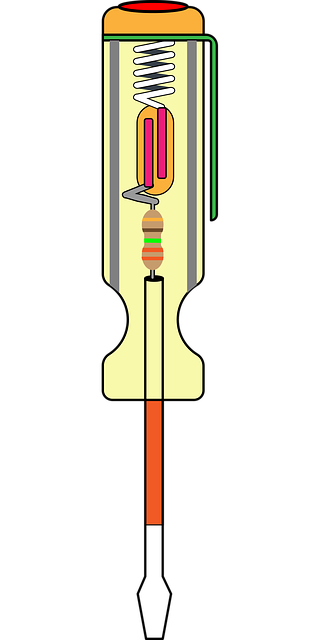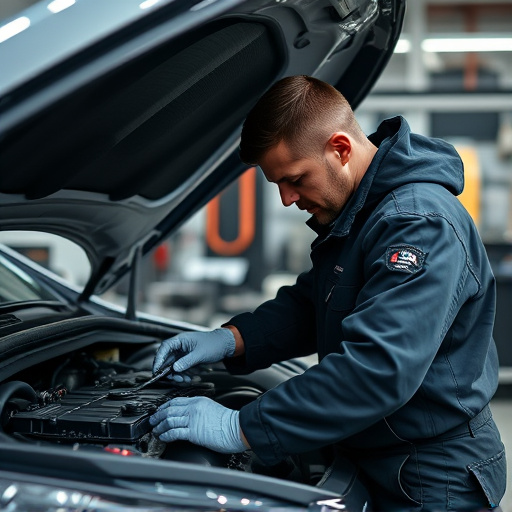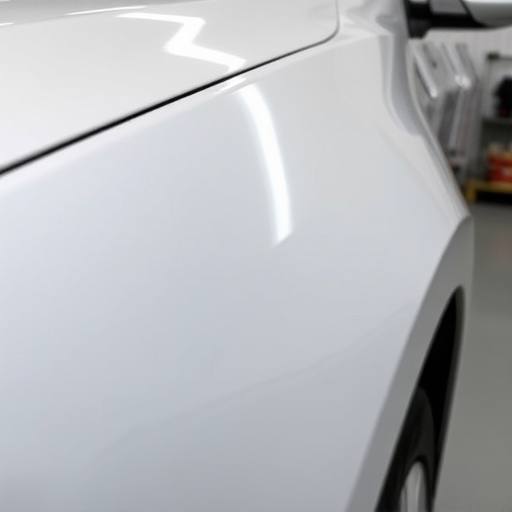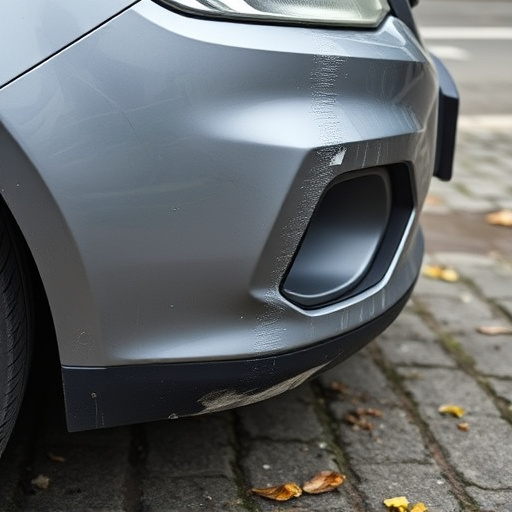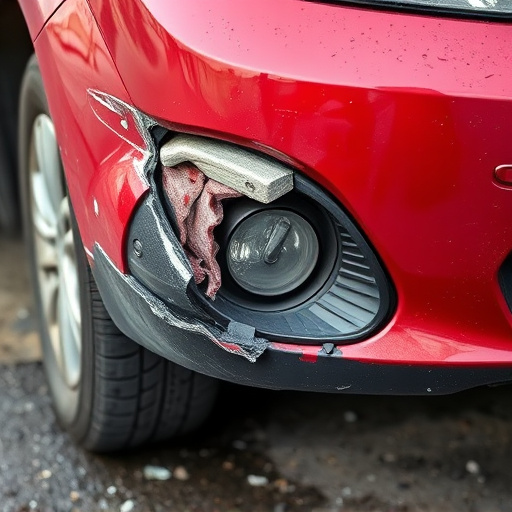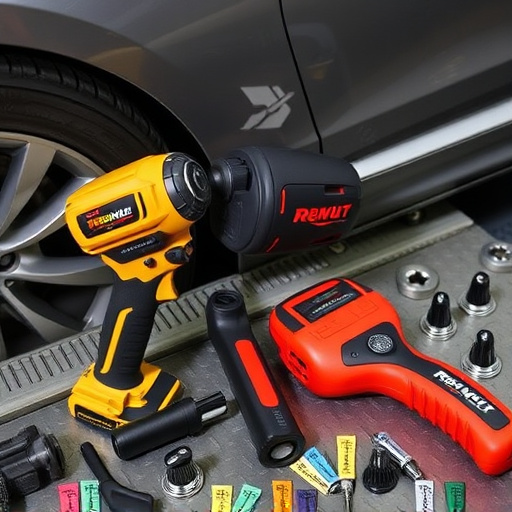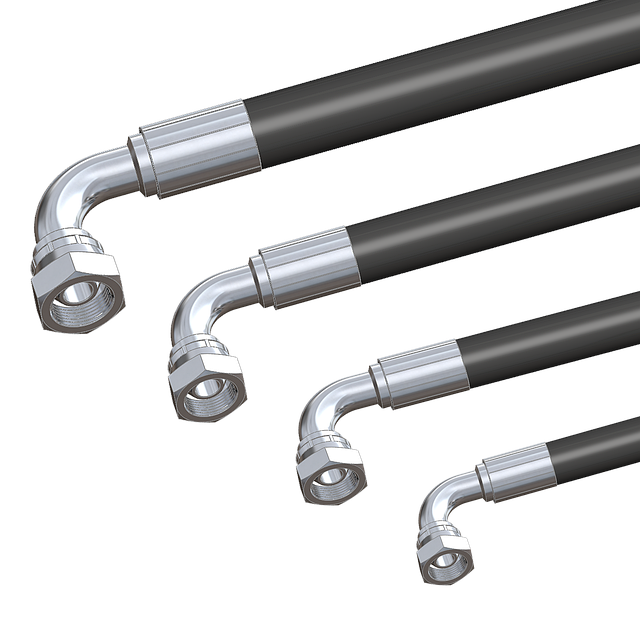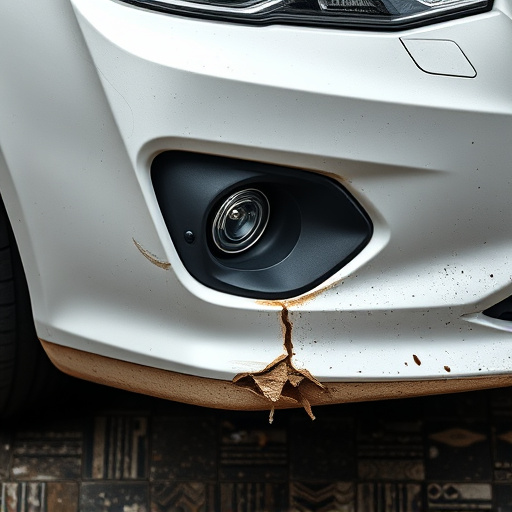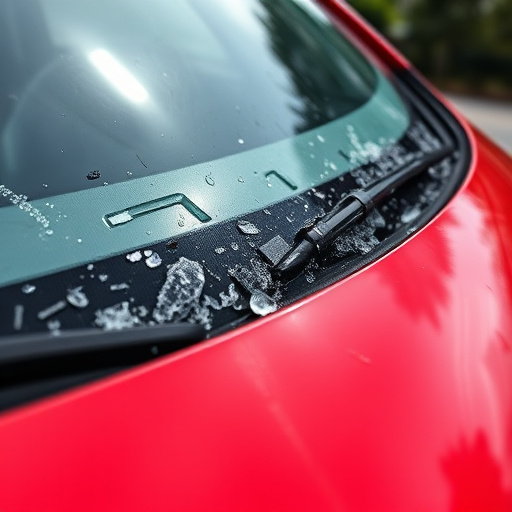The Mercedes diagnostic system, with its advanced software and hardware, is key to vehicle maintenance. It aids in identifying issues, calibrating components post-repairs or accidents, and resetting default settings for accurate troubleshooting. Calibration and reset functions ensure optimal vehicle performance, while a simple connection via OBD-II port allows users (owners or professionals) to perform these tasks, guided by real-time data and on-screen instructions.
Unleash the power of your Mercedes with a deep dive into its essential tool: the Mercedes diagnostic system. This intricate network is more than just a fancy feature; it’s the key to mastering calibration and reset functions, crucial for optimal vehicle performance. From understanding the system’s basics to deciphering complex processes, this guide demystifies how to leverage its capabilities effectively. By following simple steps, you’ll become adept at calibrating and resetting various systems, ensuring your Mercedes runs like a well-oiled symphony.
- Understanding Mercedes Diagnostic System Basics
- Calibration and Reset Functions Explained
- Steps for Using the Diagnostic System for Calibration and Reset
Understanding Mercedes Diagnostic System Basics
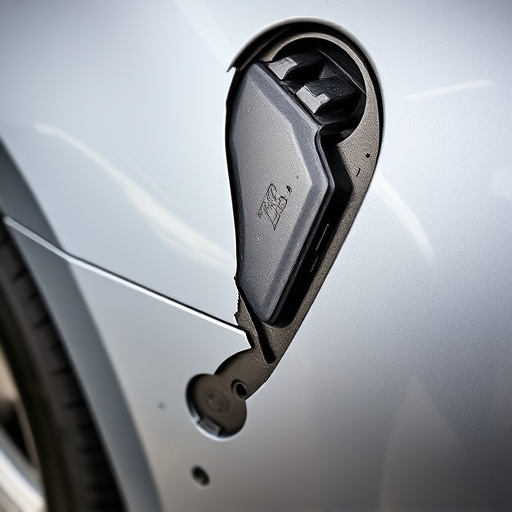
The Mercedes diagnostic system is a complex network designed to monitor and manage various functions within the vehicle. At its core, it utilizes advanced software and hardware components to communicate with each other, ensuring optimal performance and efficiency. This sophisticated system allows for precise identification of issues and facilitates crucial calibration and reset procedures. For instance, auto repair shops and car repair services often rely on this technology to diagnose problems, making repairs more efficient and accurate.
Understanding the Mercedes diagnostic system basics is essential for both vehicle owners and auto repair professionals. It enables users to interpret data, perform diagnostics, and execute necessary calibrations or resets. By leveraging this knowledge, auto repair services can offer specialized care, ensuring vehicles return to their peak performance. This advanced system truly revolutionizes how we maintain modern automobiles, making car repair services more effective than ever before.
Calibration and Reset Functions Explained
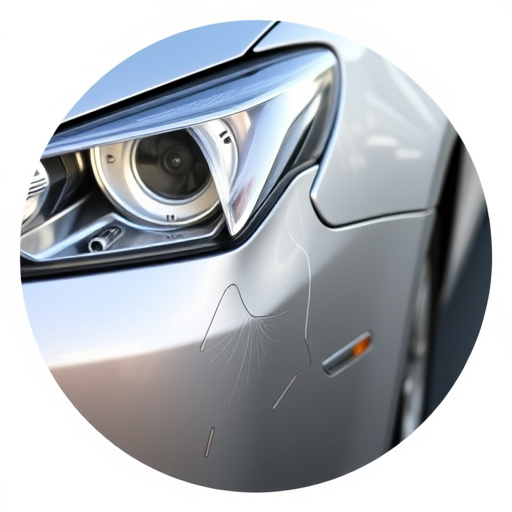
The Mercedes diagnostic system plays a pivotal role in ensuring that every vehicle functions at its peak performance. Among its many capabilities, calibration and reset functions stand out as essential components for maintaining optimal car restoration and overall vehicle health. Calibration involves adjusting various systems within the vehicle to specific parameters, ensuring each component operates harmoniously. This process is crucial, especially after auto repair services or following a vehicle collision repair, where delicate electronic systems may have been affected.
Reset functions, on the other hand, are designed to restore default settings in the Mercedes diagnostic system and its various modules. These functions are particularly useful when troubleshooting issues related to sensor readings, control units, or communication protocols. By performing calibration and reset operations, auto repair technicians can accurately diagnose problems, ensure precise measurements, and facilitate efficient vehicle collision repair, ultimately extending the life of your Mercedes and maintaining its performance standards.
Steps for Using the Diagnostic System for Calibration and Reset
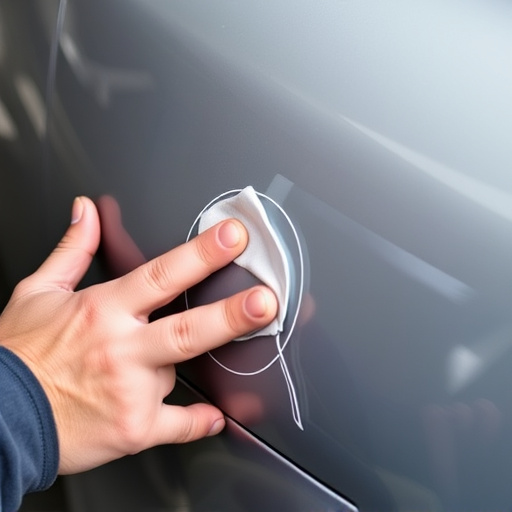
Using the Mercedes diagnostic system for calibration and reset functions involves a structured process that ensures precise and effective results. Begin by ensuring your vehicle is connected to the diagnostic system via the OBD-II port, commonly located under the dashboard. Next, power up the system and select the appropriate menu option for calibration or reset, depending on your requirement.
For calibration, input the specific component or system to be calibrated, such as the engine control unit (ECU) or braking system. The diagnostic system will then guide you through a series of tests and adjustments, providing real-time data and feedback. Similarly, for reset functions like resetting service intervals or fault codes, follow the on-screen instructions, which may include selecting the type of reset and confirming the action. Proper use of the Mercedes diagnostic system facilitates vehicle restoration, auto glass repair, and frame straightening processes by enabling precise adjustments and ensuring optimal performance.
The Mercedes diagnostic system is an indispensable tool for maintaining and optimizing vehicle performance. By understanding its basic functions and calibration capabilities, car owners and mechanics alike can ensure peak efficiency and accuracy in various maintenance tasks. The ability to perform calibrations and resets through this system is a game-changer, allowing for precise adjustments and quick troubleshooting. With these features at hand, users can navigate the intricate landscape of modern vehicle diagnostics with ease, ultimately enhancing overall vehicle health and driving experiences.
